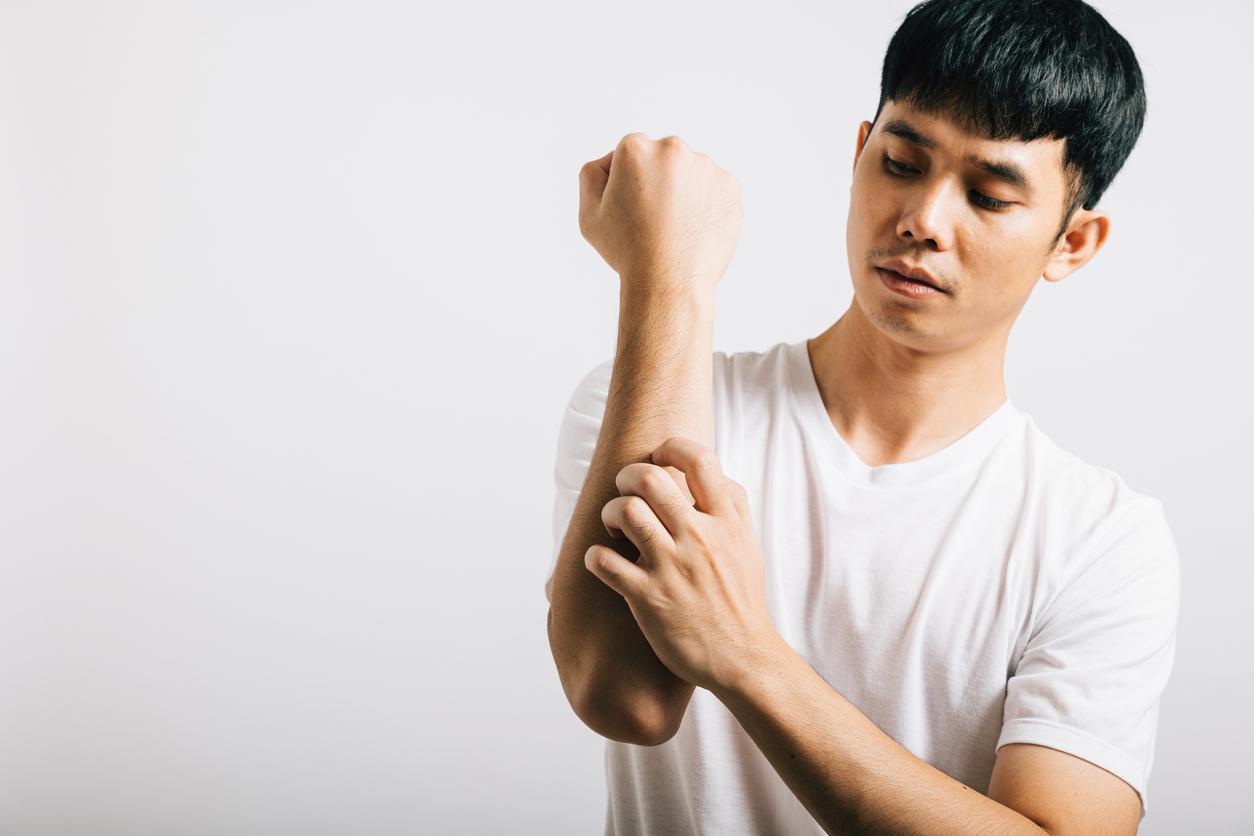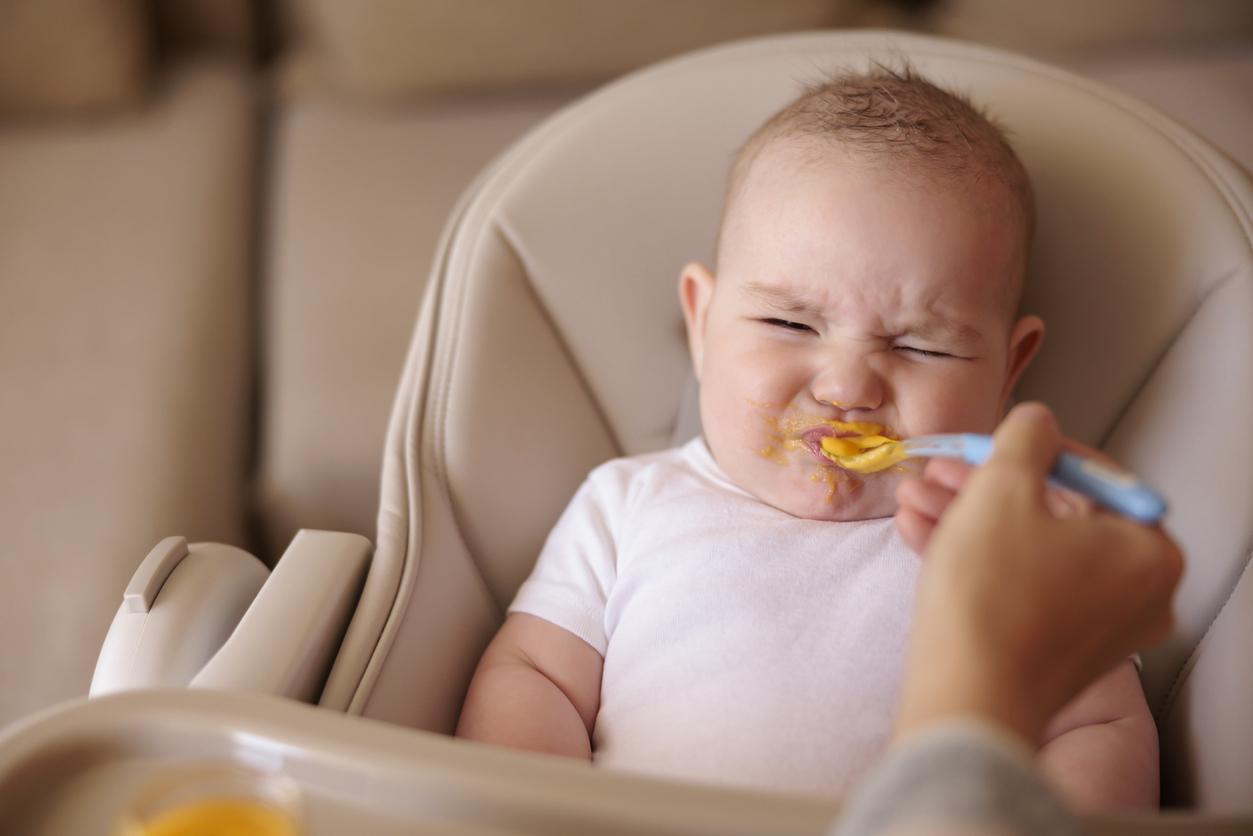
With tips for safe use of non-stick pans
They are really not just in non-stick coatings, pizza boxes and baking paper. They also end up in our food and drinking water via the environment: PFAS. These ‘eternal’ chemicals accumulate in our bodies and are more harmful than previously thought. How do you ensure that you ingest as little of it as possible?
PFAS, or poly- and perfluoroalkyl substances, is a collective term for almost 5,000 different chemical substances with names such as GenX, PFOA, PFOS, PFNA and PFHxS. They do not occur naturally in the environment, but are made by the chemical industry because of their water and grease repellent effect. That is why they are used in non-stick pans, baking paper and packaging with a coating, such as pizza boxes from pizzerias. But PFAS can be found in many more products: for example, rainwear, ski clothing, extinguishing foam, impregnating agent and lubricant. The major disadvantage of PFAS is that they are not or hardly broken down in nature. That is why they are also called eternal chemicals. They accumulate in the soil and water and end up in plants and animals.
How Toxic Are PFAS?
Recently, the European Food and Consumer Product Safety Authority (EFSA) has listed all studies into the health effects of PFAS. This shows that PFAS can be especially harmful to the immune system and also the liver. During pregnancy, PFAS can lead to a lower birth weight of the baby. Babies and young children are extra sensitive. The permissible amount of toxic substances is always drawn up per kilogram of body weight. And then young children are at a great disadvantage. In proportion to their low body weight, they ingest relatively more PFAS. Based on all available information, EFSA has now drawn up a Tolerable Weekly Intake. That is an amount that you can consume every week for life without this having any consequences for your health. This new limit value is lower than the limit value that the Netherlands has used up to now. RIVM is now going to investigate whether the limit values for, for example, the soil and drinking water need to be adjusted.
Why are PFAS not banned?
Some PFAS have already been banned in the past, such as PFOS since 2006 and PFOA since July 2020. And if it is up to the Dutch government, all PFAS will be banned. Together with Germany, Denmark, Sweden and Norway, the Netherlands is working on a European ban on PFAS. However, the problem is not immediately solved with such a ban. Because these substances are not or hardly broken down, they continue to occur in the environment.
How do you get PFAS?
We mainly get PFAS through our food and drink. They are, for example, in drinking water, fish, crustaceans and shellfish, meat and organs, eggs, milk, fruit and vegetables. They end up there via contaminated soil, contaminated water or the feed that animals are given. PFAS can also enter our food through non-stick pans, parchment paper and pizza boxes. But according to EFSA, this concerns only very small quantities. Much less than the amount of PFAS that ends up in our food through the environment.
How do you ensure that you ingest as little PFAS as possible?
Avoiding PFAS completely is not possible. They are found in small amounts in many different foods. The best advice is therefore a varied diet: do not eat the same thing every day and choose as many different foods as possible. This way you reduce the chance that you eat a lot of a product that happens to contain a large amount of PFAS.
And what about pans with a non-stick coating and baking paper?
If you normally use parchment paper and a non-stick pan, there is no need to worry. But avoid damaging the non-stick coating as small particles of the coating could end up in your food. Therefore, always use wooden or plastic utensils and replace a damaged pan. Do you want to play it completely safe? Then choose baking paper without PFAS and pans with a ceramic non-stick coating instead of a plastic non-stick coating. This coating does not contain PFAS, but nanoparticles of silicon dioxide or titanium dioxide. By the way, ignore claims like “100 percent PFOA-free” when buying pans with a non-stick coating. That is not the same as being free of PFAS. PFOA is one of the PFAS, which has been banned since July 2020. So all non-stick pans today are 100 percent PFOA-free.
Sources):
















